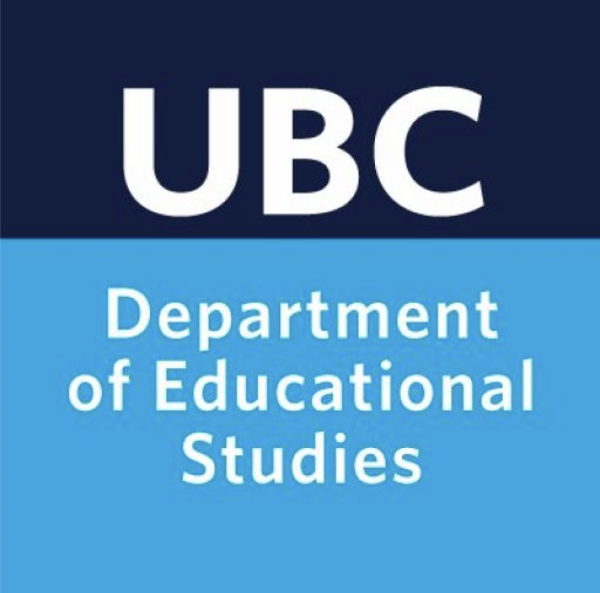Part 8 of the 10-part EDST Dissertation Training Series
By Ella Wright | Blog Editor, EDST | Insights from Dr. Autumn Knowlton
This Is the Hard Part (But You’re Ready)
By the time you reach the Discussion chapter, you might feel tired, eager to finish, and ready to move on. Many students hope they can just “wrap it up” quickly—but Dr. Autumn Knowlton emphasized that this chapter requires serious attention and energy. Why?
The Discussion chapter is where everything comes together.
It is where you:
- Answer your research question directly.
- Apply your framework to your findings.
- Return to the literature and show how your study fits into the broader field.
- Most importantly, you clearly articulate your SOCK—your Significant Original Contribution to Knowledge.
What Makes a Discussion Chapter Work?
Dr. Knowlton described this chapter as a weaving or juggling act. It is where you move from simply presenting data to interpreting its meaning in context.
In this chapter, you:
- Summarize your key findings.
- Use your conceptual or theoretical framework to analyze those findings.
- Connect to existing literature, showing alignment or departure.
- Make the case for your SOCK—what your study adds.
Own Your Framework
One common challenge is forgetting to use the framework you carefully outlined earlier. Your framework is not just for decoration. It is a tool for analysis.
Dr. Knowlton encouraged students to commit to their framework:
“You chose your conceptual/theoretical lens, now use it!”
i.e – Drink the Kool-Aid!
This means applying your framework consistently and with confidence. It helps organize your ideas, support your arguments, and show how your thinking is grounded in something rigorous and coherent.
Bringing in the Literature Again
Your literature review does not live in Chapter 2 alone. In your Discussion chapter, you should:
- Refer back to key scholars or debates.
- Compare your findings with existing studies.
- Show how your work confirms, challenges, or expands current knowledge.
Tip: Use literature strategically, support your interpretation, but don’t let citations take over your voice.
This Is Where Your SOCK Becomes Clear
The Discussion chapter is often where your Significant Original Contribution to Knowledge (SOCK) becomes fully visible. You are now answering:
- What do these findings mean?
- How do they change or inform our understanding?
- Why does this matter?
This is your moment to step into your scholarly voice and explain what you, and only you, can offer.
The Struggle Is Normal
Dr. Knowlton acknowledged that this chapter is one of the hardest to write. Many students:
- Feel they are repeating themselves.
- Struggle to balance findings, theory, and literature.
- Need multiple drafts to get it right.
Her advice: keep trying. You cannot get it perfect on the first attempt, but with each revision, your voice becomes stronger and your message becomes clearer.
“You can’t really be prepared for this chapter, you get better at it by doing it. You get better at writing by writing.”
Key Takeaways
- The Discussion chapter is where you make meaning from your data.
- Apply your framework actively—it organizes your analysis.
- Bring back the literature to position your findings in context.
- This is where your SOCK becomes clear—own your contribution.
- It is normal to struggle—keep writing, keep refining.
Explore the Full Dissertation Training Series
- Overview Post – About the Workshops and Series
- Part 1 – Not a Book, Not a Mystery: What Your Dissertation Really Is
- Part 2 – From Jumble Sale to Funnel: Planning Your Dissertation for Clarity and Flow
- Part 3 – Hold the Target, Not the Dart: Crafting and Evolving Your Research Questions
- Part 4 – Conversations, Not Catalogues: Writing a Literature Review with Purpose
- Part 5 – Kitchen Rules: Conceptual and Theoretical Frameworks Explained
- Part 6 – You Are the Method: Positionality, Ethics, and Making Knowledge
- Part 7 – Sock Time: Presenting Your Findings with Clarity and Confidence
- Part 8 – Weaving the Threads: Discussion and Meaning-Making
- Part 9 – What I Did, Why It Matters: Writing Your Scholarly Conclusion
- Part 10 – Don’t Go in Circles: Writing, Editing, and Staying Sane
Resources
Dissertation Preparation and Policies
- UBC Grad Studies – Getting Started:
https://www.grad.ubc.ca/current-students/dissertation-thesis-preparation - Style Guides and Computer Tools:
https://www.grad.ubc.ca/current-students/dissertation-thesis-preparation/style-guides-computer-tools
Writing Support and Self-Guided Modules
- EDST Thesis Writing Module:
https://thesismodules.edst.educ.ubc.ca/ - Developing a Dissertation (EDST Module):
https://thesismodules.edst.educ.ubc.ca/module-library/developing-a-dissertation/ - UBC Library Dissertation Guide:
https://guides.library.ubc.ca/dissertation
Free One-on-One Writing Support
- UBC Writing Consultations for Graduate Students (writing and referencing help):
https://writing.library.ubc.ca/graduates/writing-consultations/
Workshop Recording and Presenter
- Click to view Dr. Autumn Knowlton’s workshop presentation slides.
- Dr. Autumn Knowlton – (Re)Visions Website: https://www.autumnrevisions.com/
Explore More
UBC EDST students can access free tools and support through the Thesis Writing Module and the Developing a Dissertation module. For writing and referencing help, book a free graduate writing consultation.


Leave a Reply